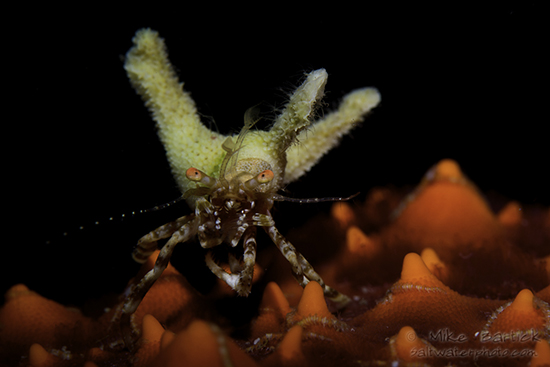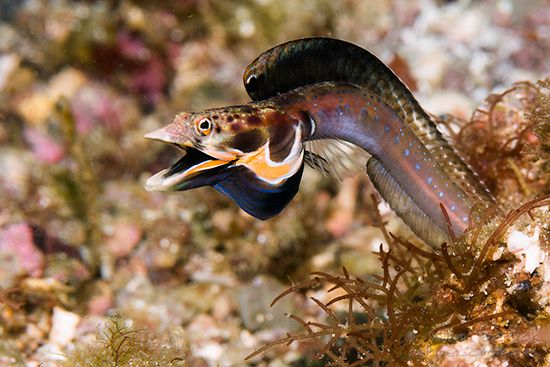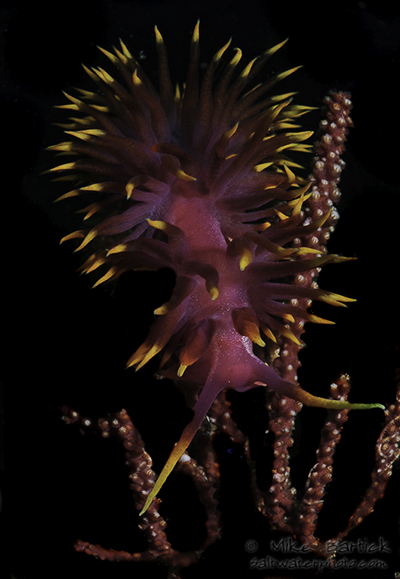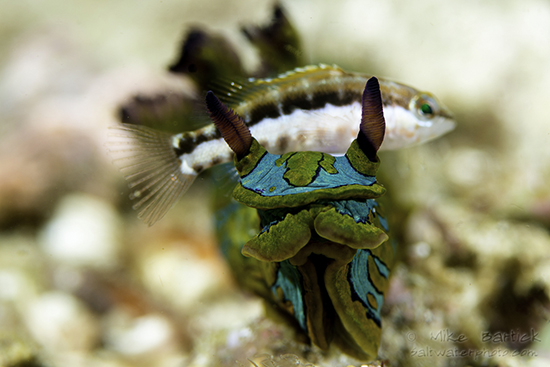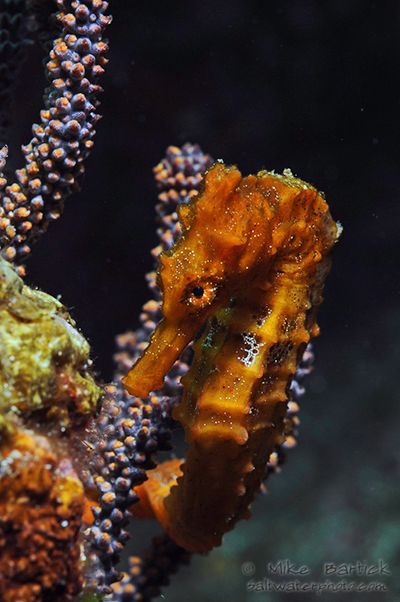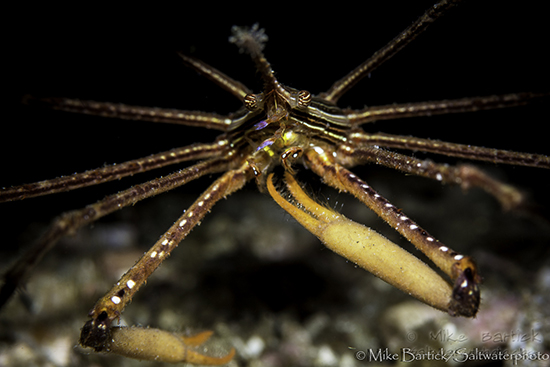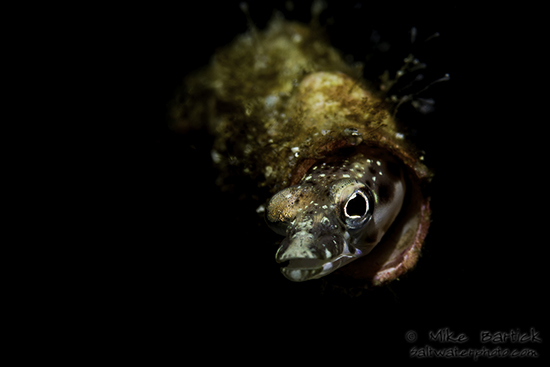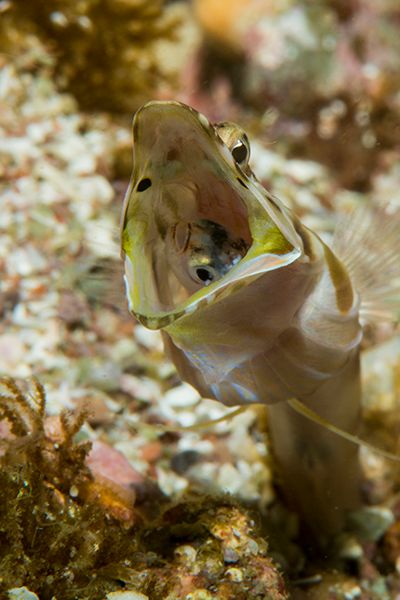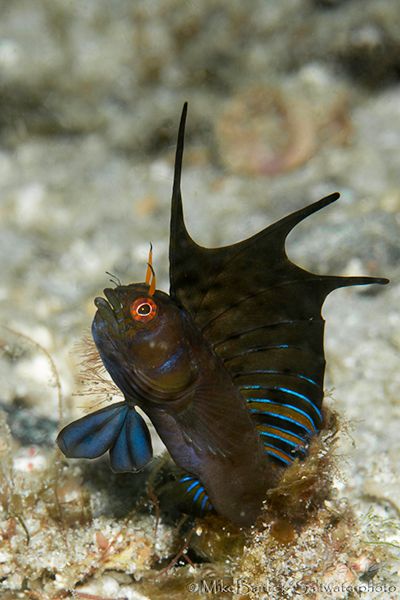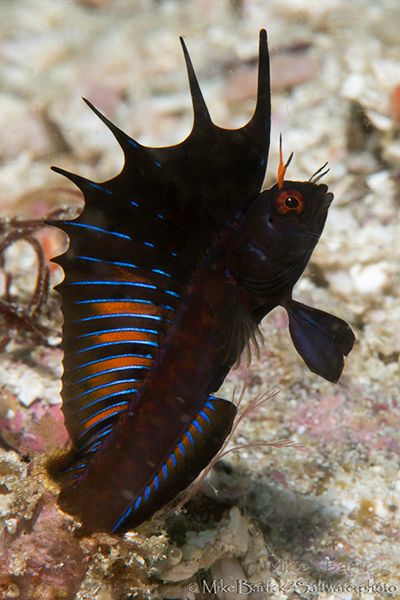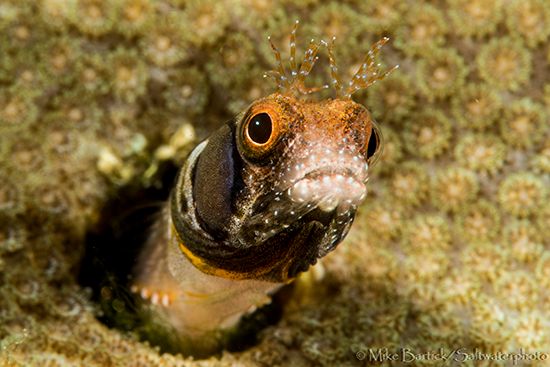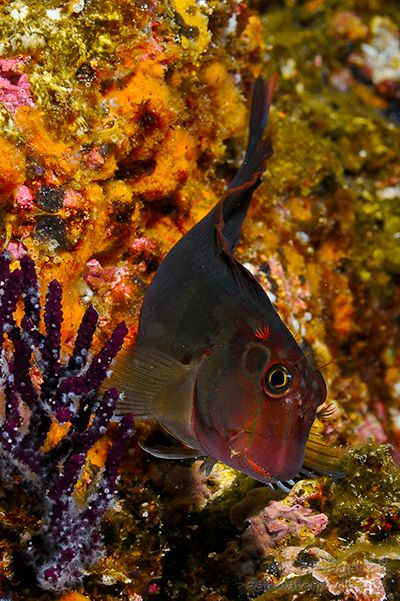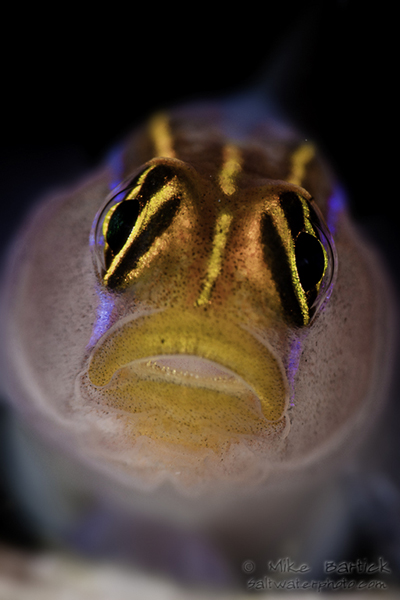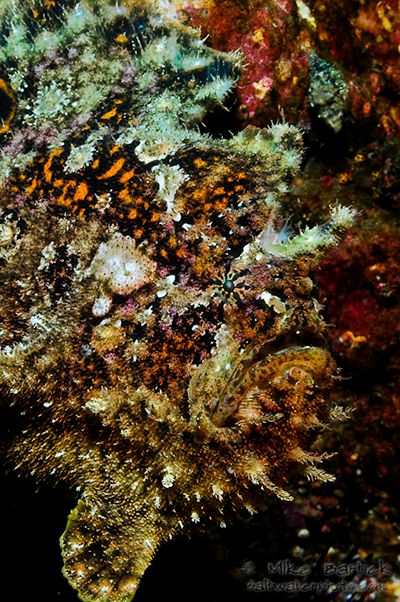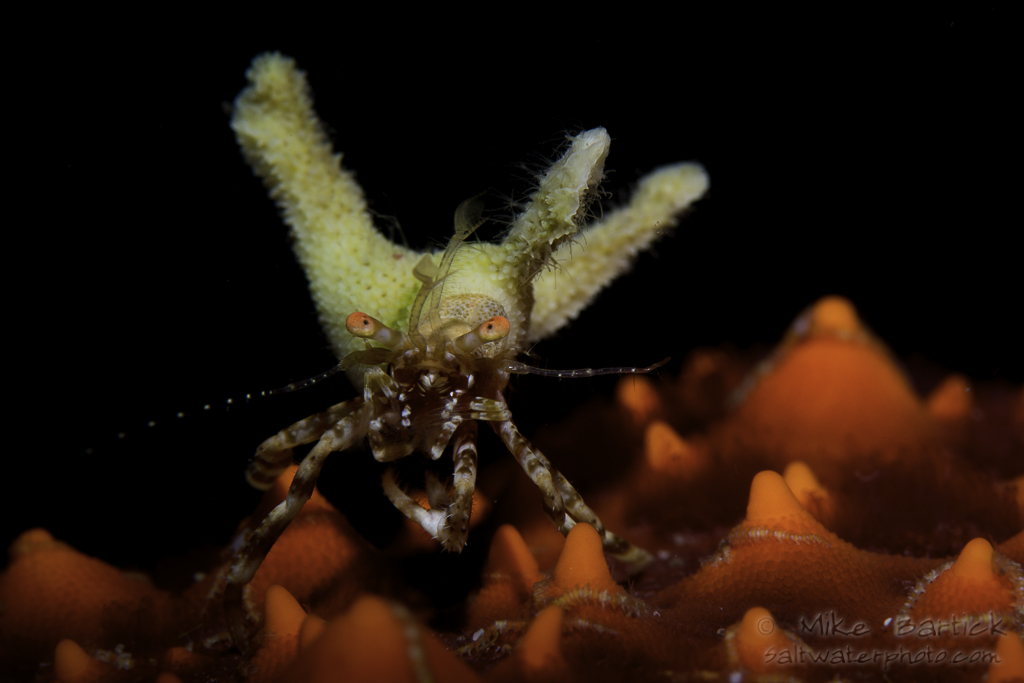
The Midriff Islands are nestled in the Gulf of California between the Baja California peninsula and mainland Mexico. The Rocio Del Mar operates the only liveaboard in this part of the Sea of Cortez, originating out of Puerto Peñasco. This little town is a short car ride from Phoenix, Arizona – that’s right – Arizona!
I’ve dived many times in the Sea of Cortez out of the La Paz area and have even driven down the peninsula from the San Diego border. Having the opportunity to visit and dive in a unique place like Baja is a real treat, and even though it is close to LA, it is often overlooked and/or unrealized by many US residents. The Midriff Islands are in the upper portion in the Gulf of California, which is basically a submerged Sonoran desert.
About the Sea of Cortez
The gulf is a relatively young ocean that was formed quickly by way of massive slip fault activity along the San Andreas Fault line. The peninsula, which is still drifting outward, pulled apart at the weaker portions of the earth’s crust in a vertical fashion then slipped away from the mainland of Mexico, rapidly filling with water. The result is a very unusual contrast of environments that seem to complement each other in many ways.
The gulf is dotted with islands both big and small. Angel de La Guarda, San Pedro Martir and Las Animas are a few of the islands that the Rocio visited on this trip. The deep waters in the area that surround the islands attract Humboldt Squids, which in turn attract Sperm Whales and other large mammals. Sea Lion “haul-outs” are also located at nearly every island and make for some really shallow and fun dives, but being a critterhead, my interests were more focused on finding the unique macro life that also resides here. This element of the Sea of Cortez should not be overlooked, since much of the macro fauna found here is endemic and is abundant enough to keep me coming back again and again.
Orangethroated Pikeblenny. I prefer to shoot a 105mm for most animal behavior shots. The images may require a little more cropping but the trade-off is significant for the long range (2 or more feet) for natural behavioral images and subjects like Pikeblennies.
The Macro Diving
The temperate waters support a nice variety of Nudibranchs, including Tambja’s – so abundant that they become somewhat commonplace. It’s also easy to find Panamic Arrow Crabs, large Pacific Sea Horses, three types of Jawfish, Octopus big and small and even smaller Frogfish. But the real action for me is the Blennies, coming in numerous varieties. Pike blennies, Barnacle Blennies and the irresistible Signal Blennies are all packed with the right ingredients and attitude to make them irresistible photo targets.
For the Nudis I like to use a 60mm lens and devote some time to really hunt them down, searching sponges, the sides of rocks for hydroid colonies and gorgonian corals. Since, nudis love to munch on hydroids or search them for other types of food living naturally on them, my nudi hunt begins there.
Don’t be surprised if you find a frogfish while searching the sides of the rocks either. The Roughjaw’s tend to cling to the sides of smaller stones in and around larger reef structures at about the 45-foot level.
Macro Subjects in the Sea of Cortez
Hermosita sangria – Disturbed by my presence, this very beautiful Aeolid flared up and remained like this for quite some time. A quick turn of my camera from landscape to portrait helped to capture the long lines of both subjects and created a better composition.
Histiomena convolvula – A shallower f-stop made for a buttery background on this uncommon nudi. Resembling an Armena, this guy can be found all through the SOC.
This Tambja abdere has a hitchhiker on its back and neither of them seemed to mind that I was there flashing away. These Tambja’s are pretty common but are very beautiful nevertheless.
Pacific seahorses are a great find and always a thrill to see. Most visitors in this area don’t expect to see a sea horse and are caught completely off guard when they do see one. The 60mm lens really helps to shoot larger macro subjects such as this sea horse, as a wider angle of view is often required.
The interesting spider-like Panamic Arrow Crabs are abundant in the Midriff islands and can be found on almost any dive. Snooting my strobe, I tried to create a bit or symmetry in this image. Snoots are easy to carry and use almost anytime and can easily add a different dimension to your trip collection.
An Orangethroat Pikeblenny peaks out from a parchment tube being using for shelter while anticipating its next move. The sand flats can be a deadly place for moving around in the open and often time the hunter becomes the hunted.
With a burst of speed and energy an Orangethroat Pikeblenny quickly seizes a small Triplefin.
Signal Blennies remained tough to find during the trip, but after several days I finally managed to spy one flashing. This led me to find a small colony of them. Several types are found in the area and colors can vary from blue-black, black and red to green.
Signal Blenny.
Brown spot and other barnacle blennies are easily found on the reef systems: pits in the encrusting hard corals and sponge make desirable hideouts for them. I find them quite photogenic as they peek out with their giant eyes moving about, reminding me of Skeletor. A 100 or 105mm lens with a diopter can really bring about some great macro images.
Panamic Fanged Blenny.
Blenny portrait.
Frogfish can pop up almost anywhere so keep your eyes open. If you do, you might find one these special Roughjaws. Be sure to let your guide know what you’re looking for right away so that they can keep an eye out for them.
In Conclusion
Many of the trips run in the Sea of Cortez focus on larger animals and mammal encounters, which we had at almost every stop along the way. This Bluewater Photo workshop trip on the Rocio Del Mar eventually concluded with a day of snorkeling with whale sharks in the Bay of Los Angeles. And while our trip explored the upper Midriff Islands, all of these critters can be found throughout the Sea of Cortez. Jacques Cousteau called the Sea of Cortez the aquarium of the world and for good reason. I encourage everyone to come out to explore the Sea of Cortez and discover it for themself.
Now get out there and have an adventure!
Visit our sister company, Bluewater Travel, for everything you need to know about diving the Sea of Cortez and booking your trip.
Scuba Diving Guide to the Sea of Cortez
Sea of Cortez Liveaboard Guide




